WWII Operation Astonia LE HAVRE France Combat Infantry Tank Assault Map
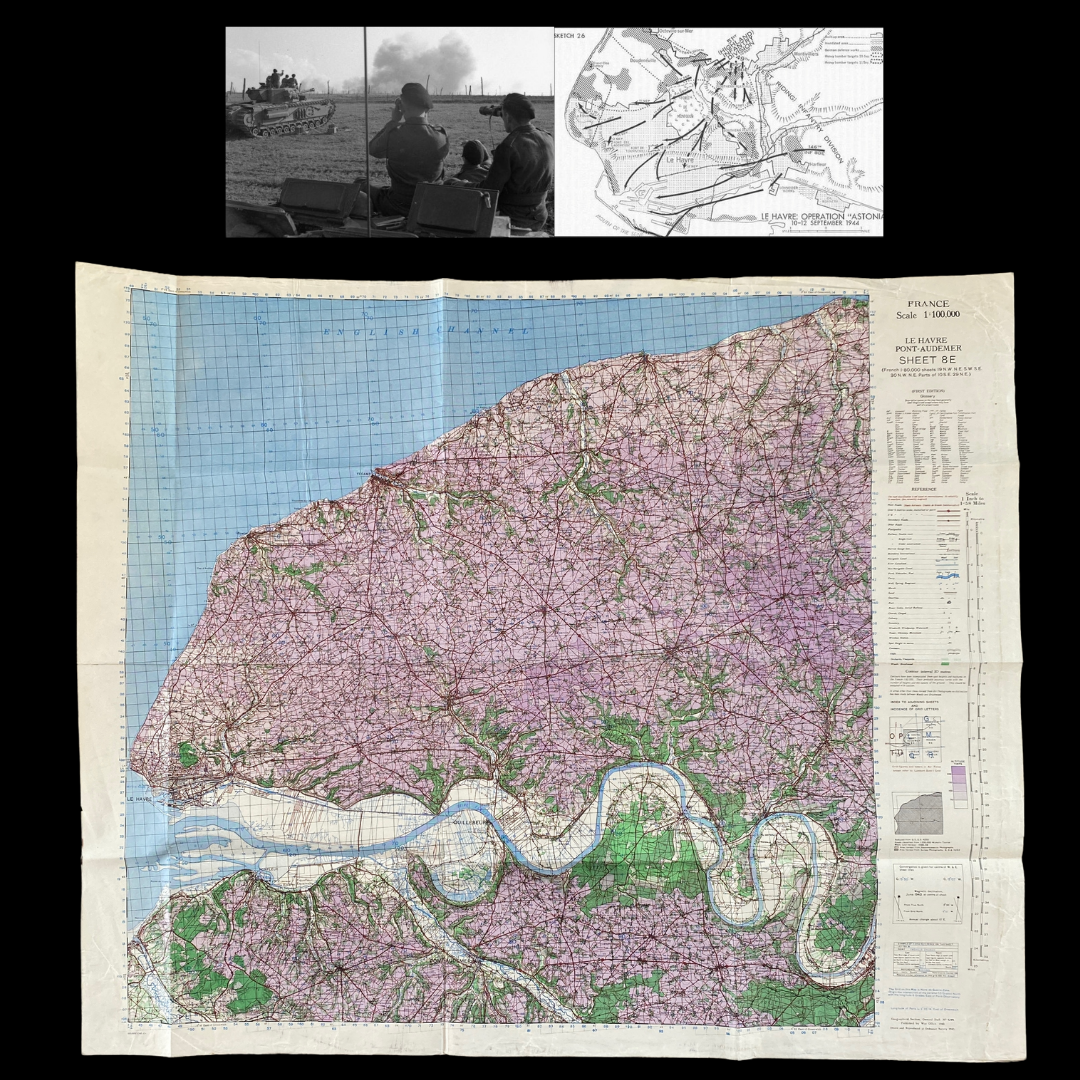

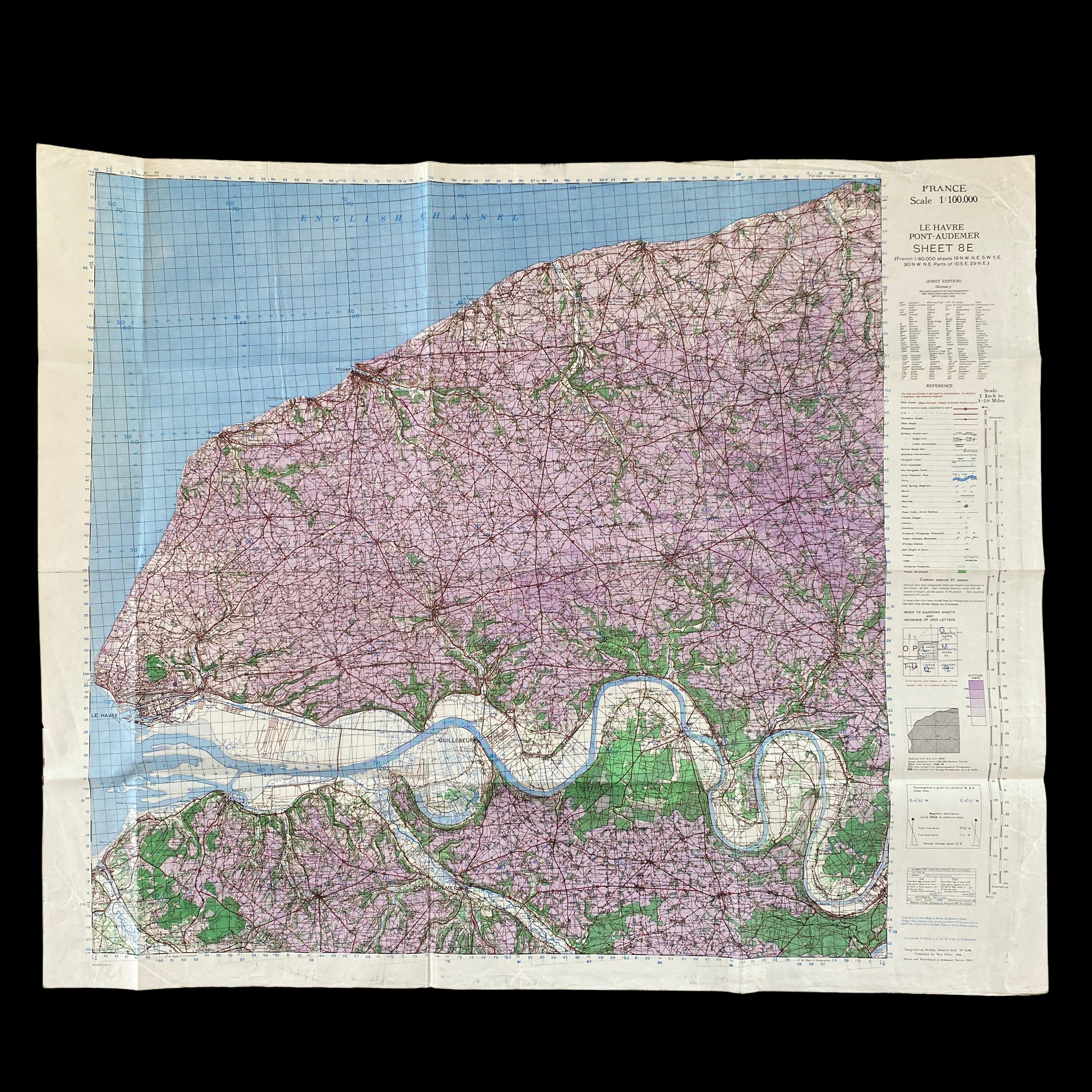
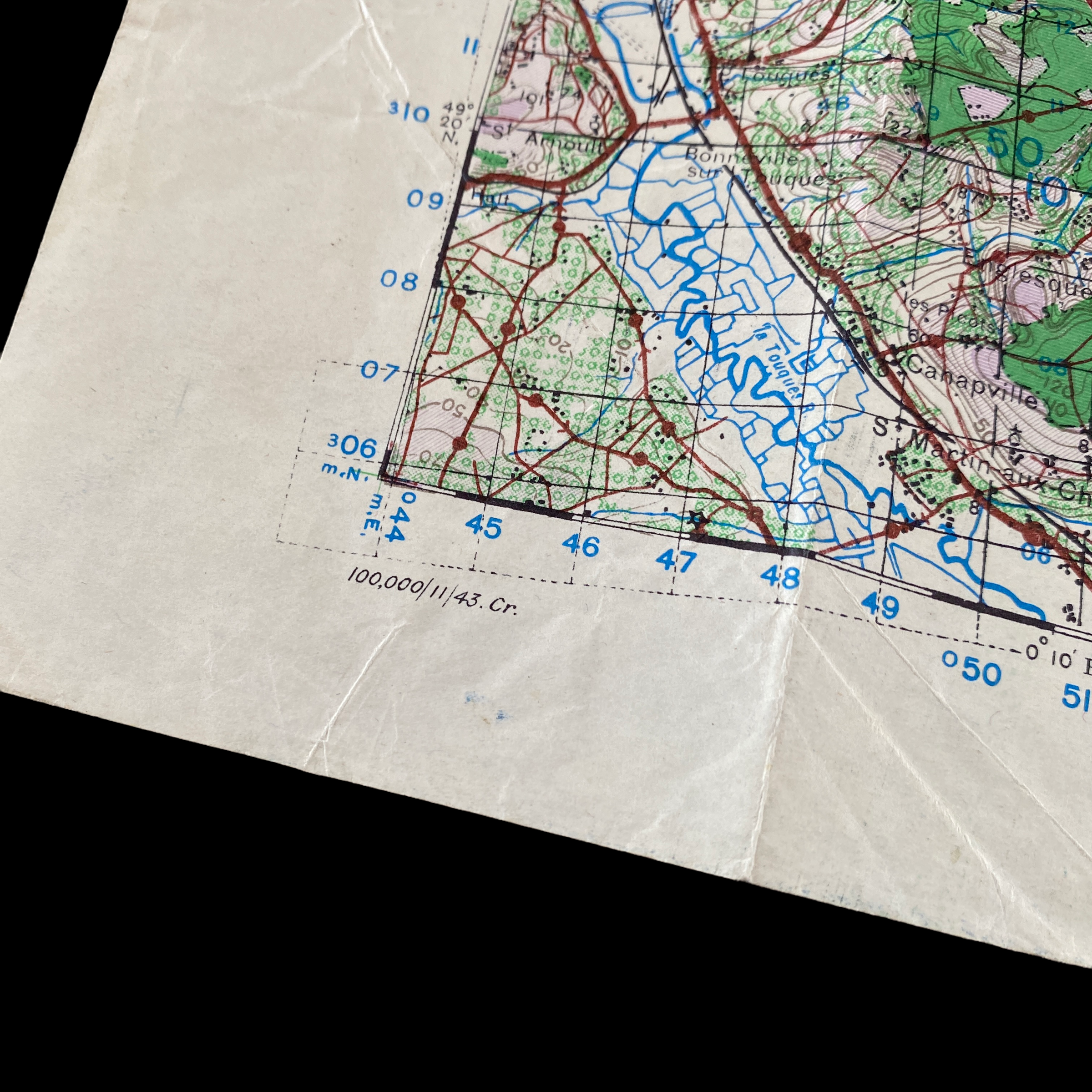

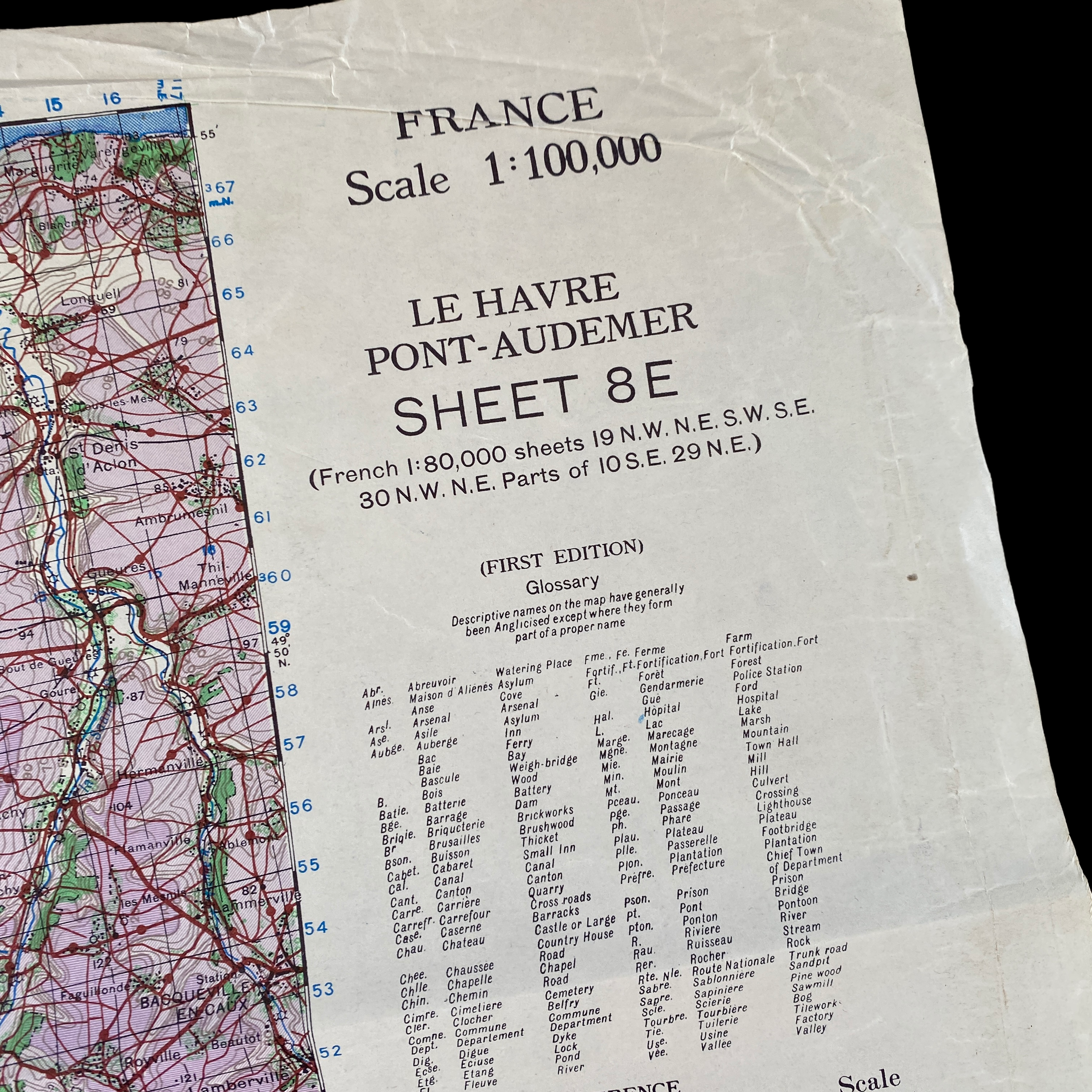

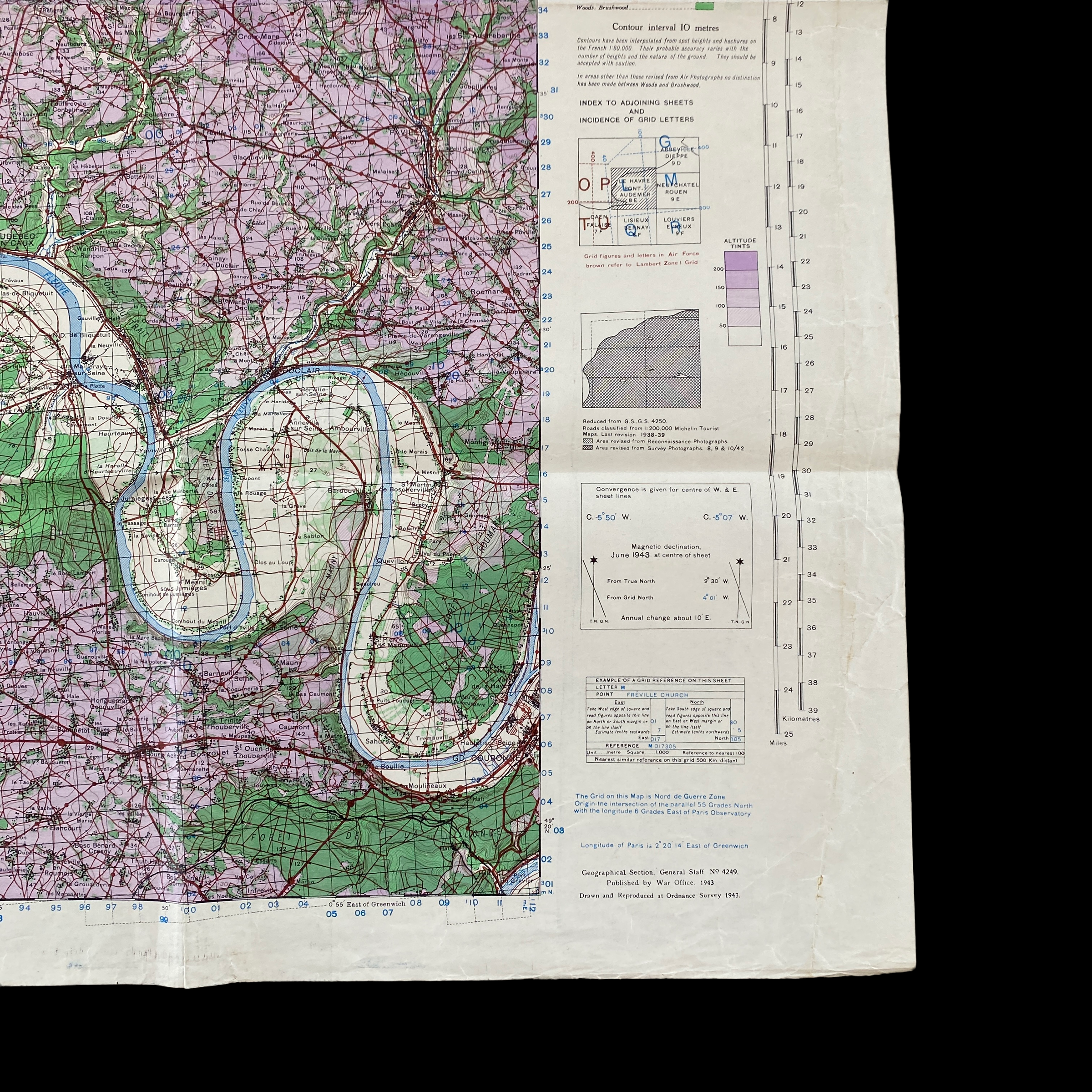

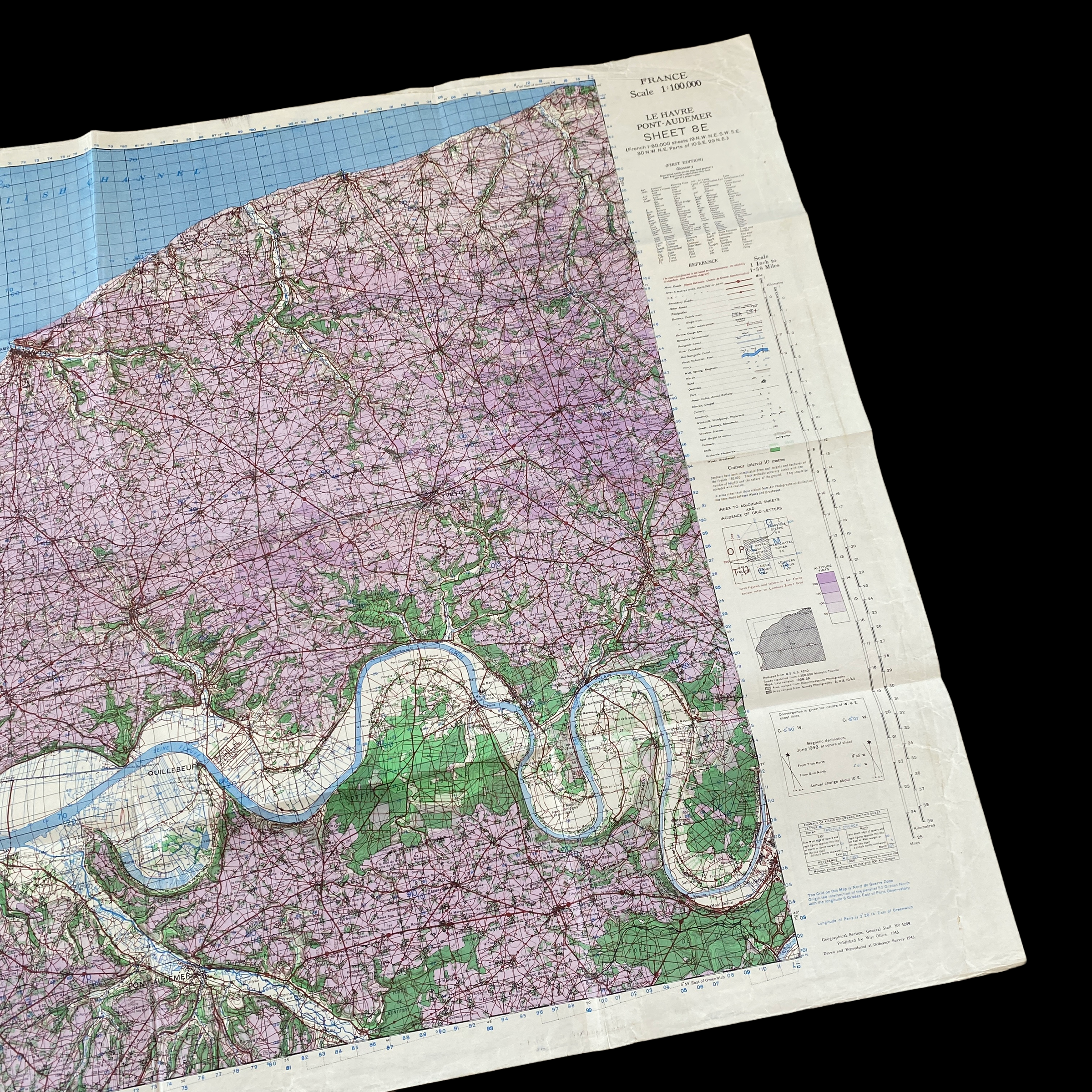
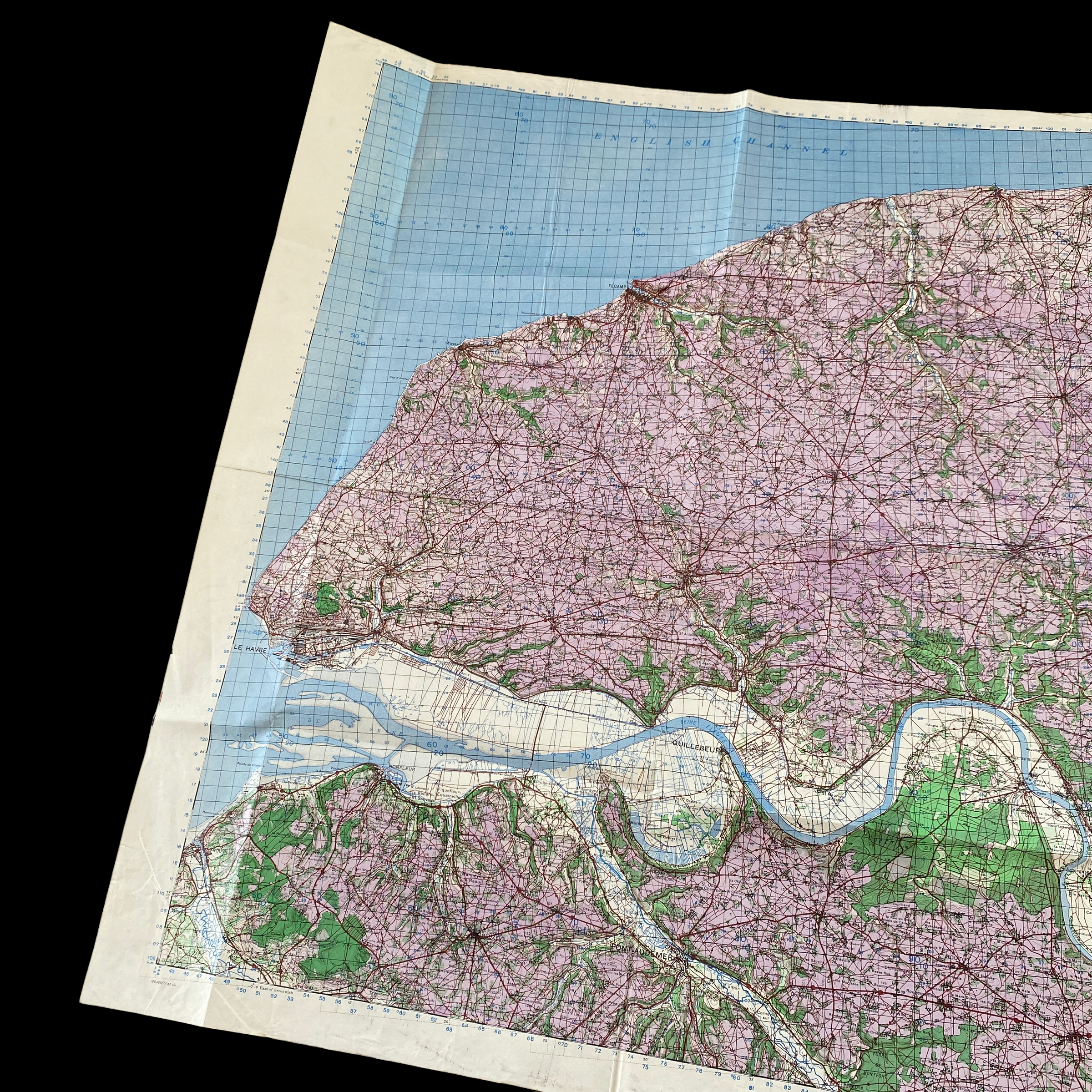
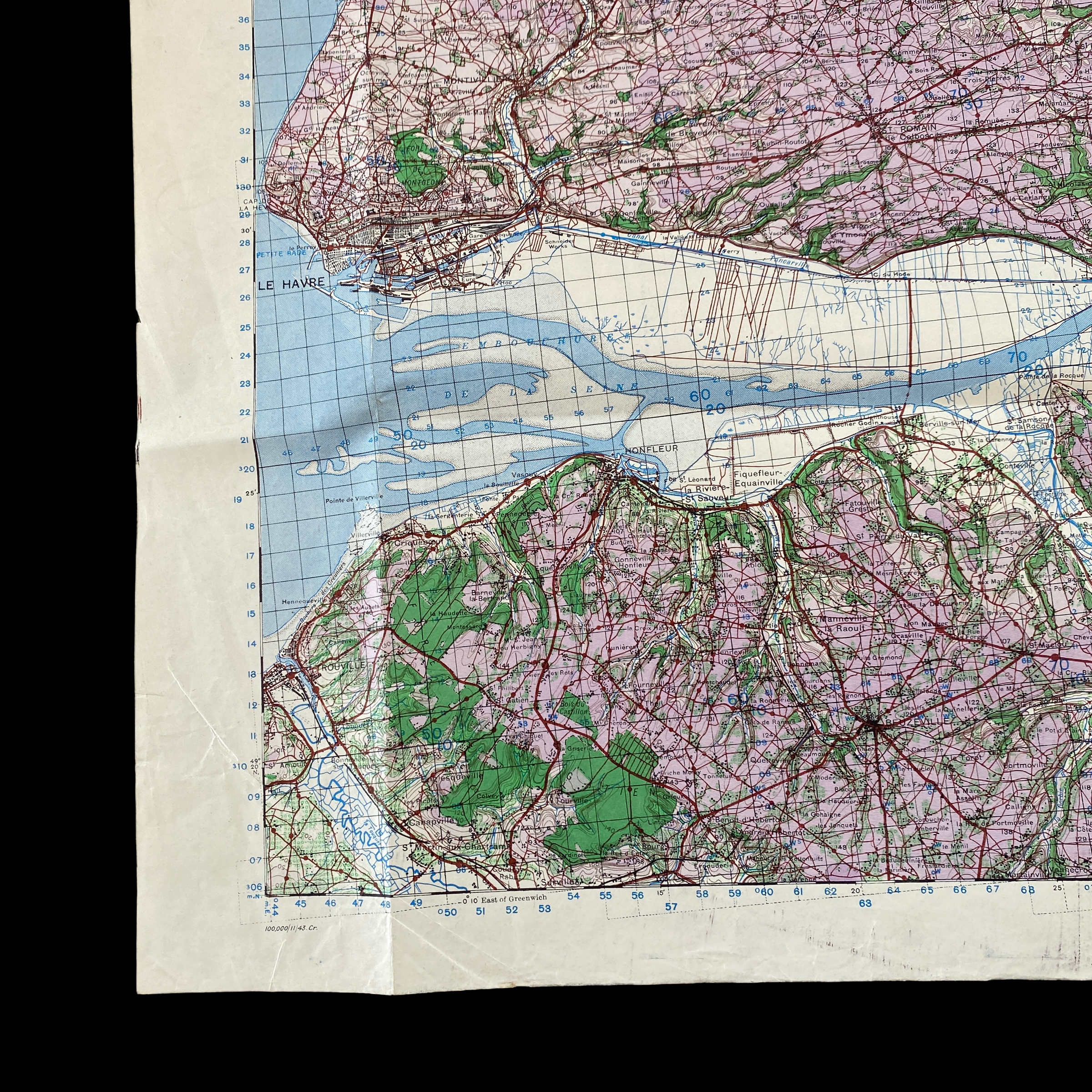
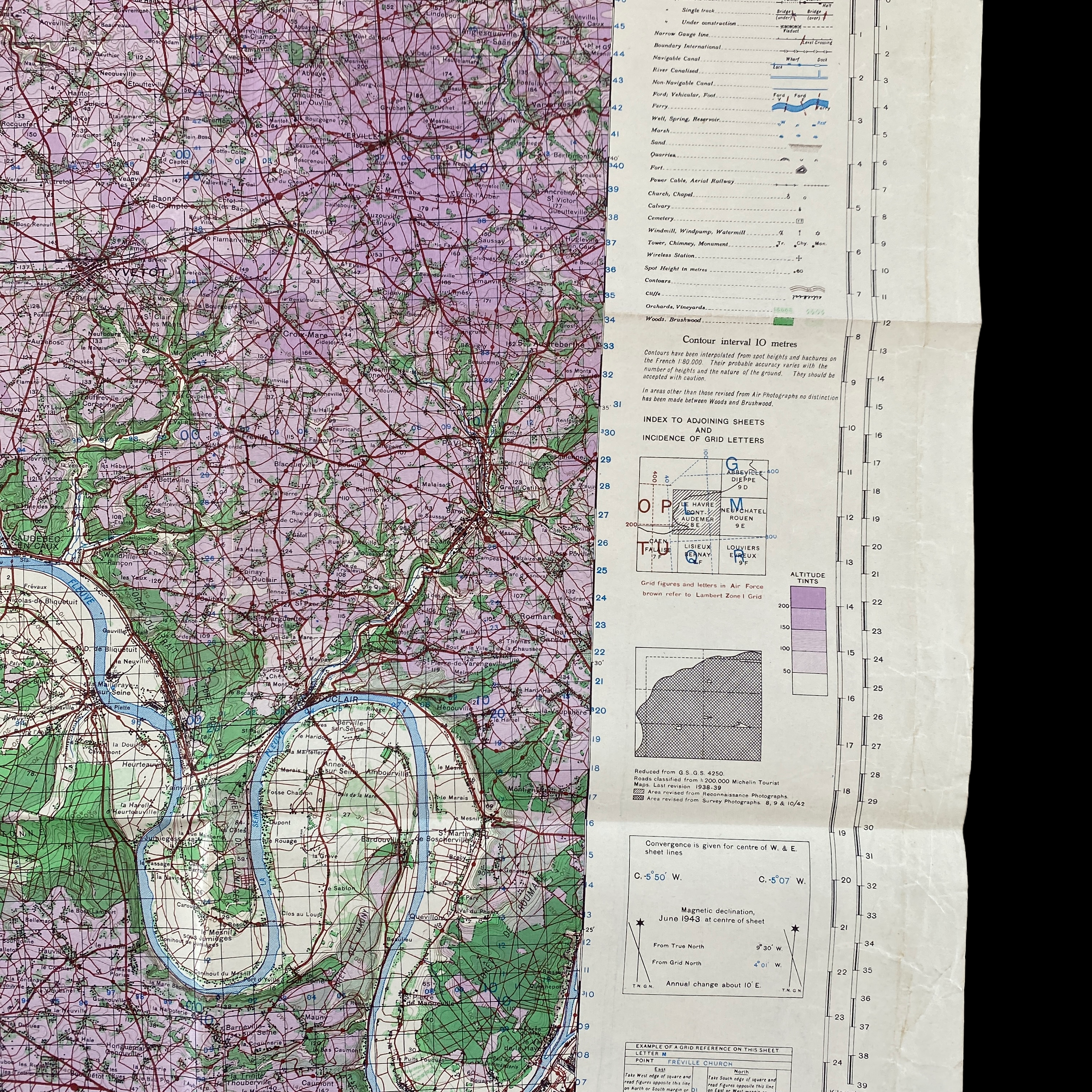
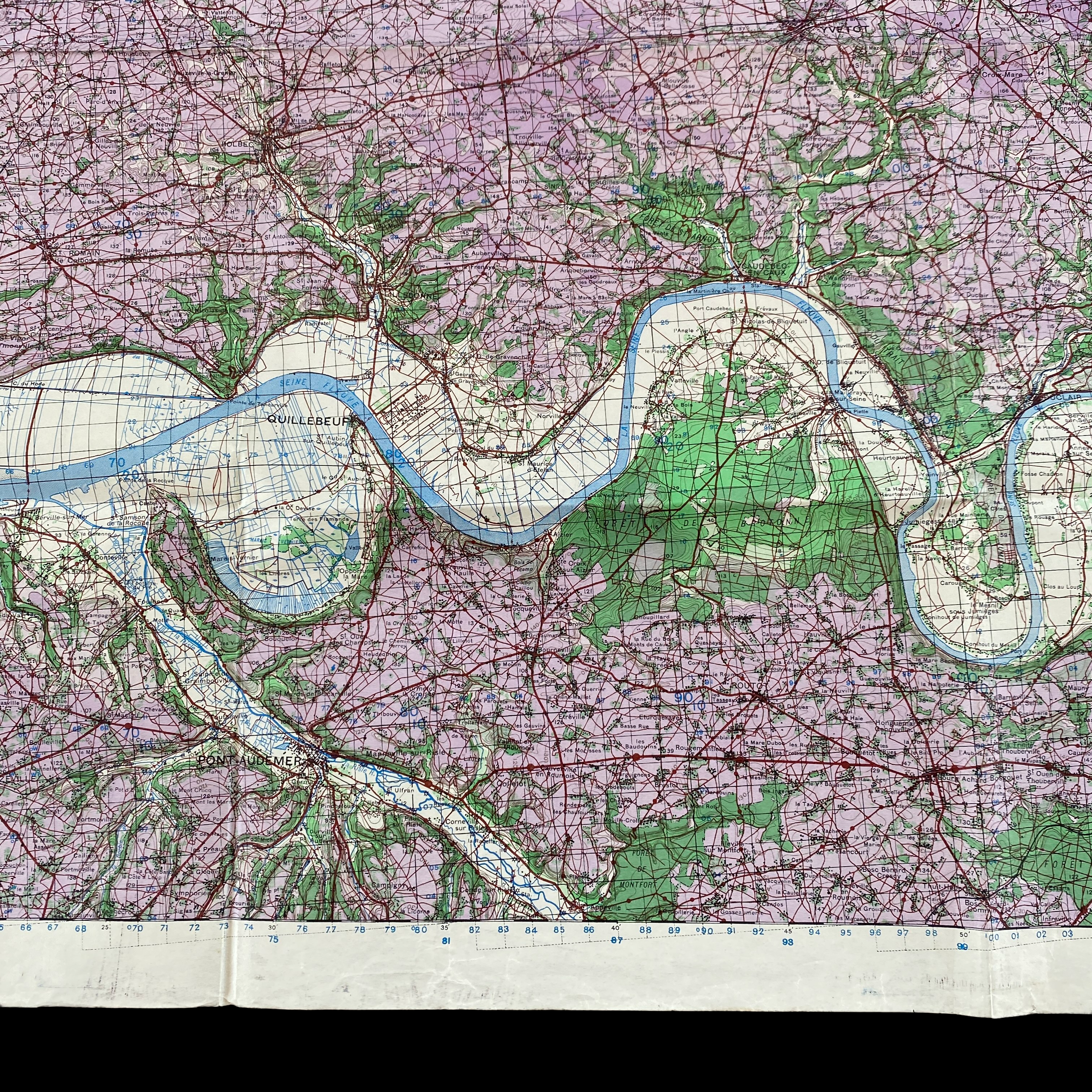
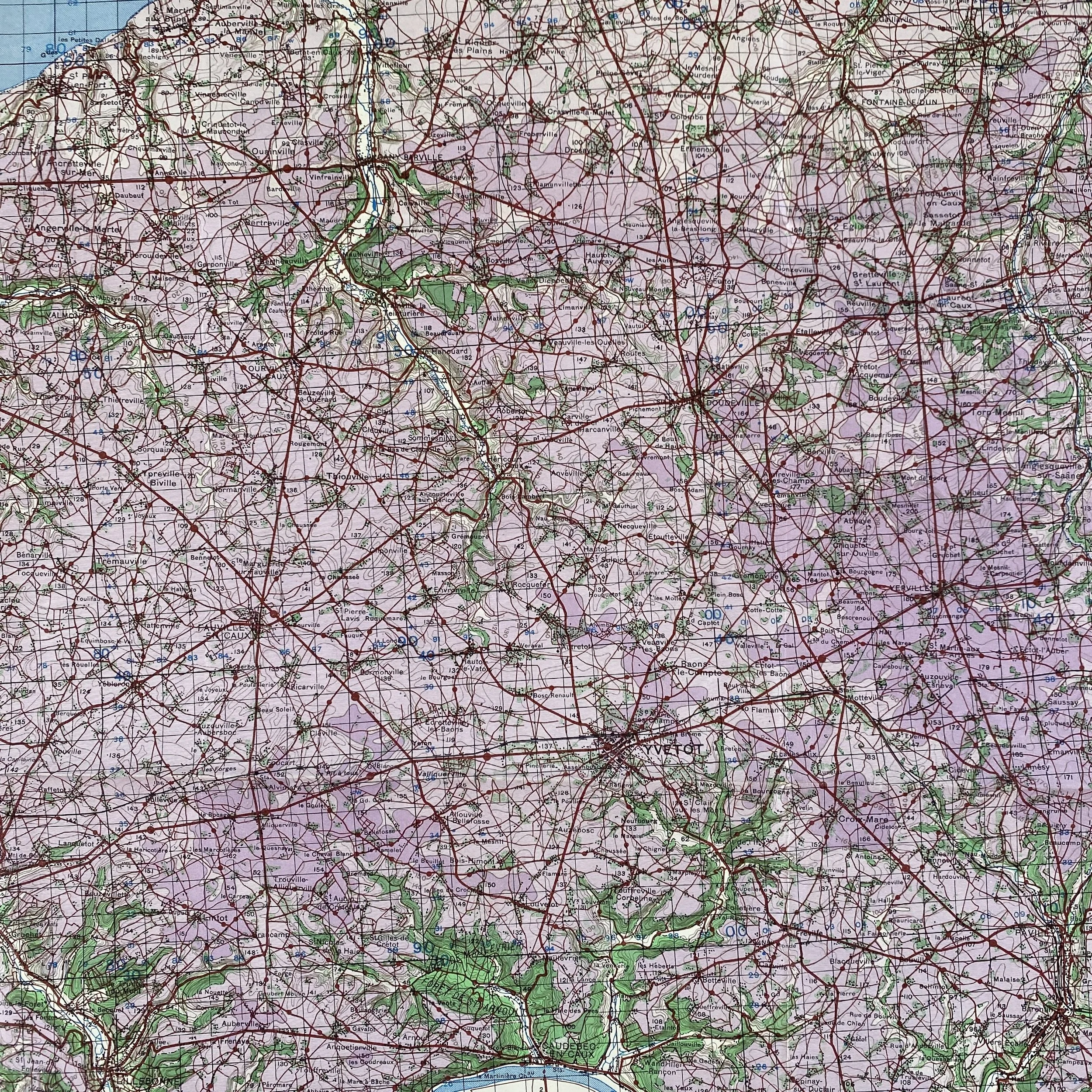

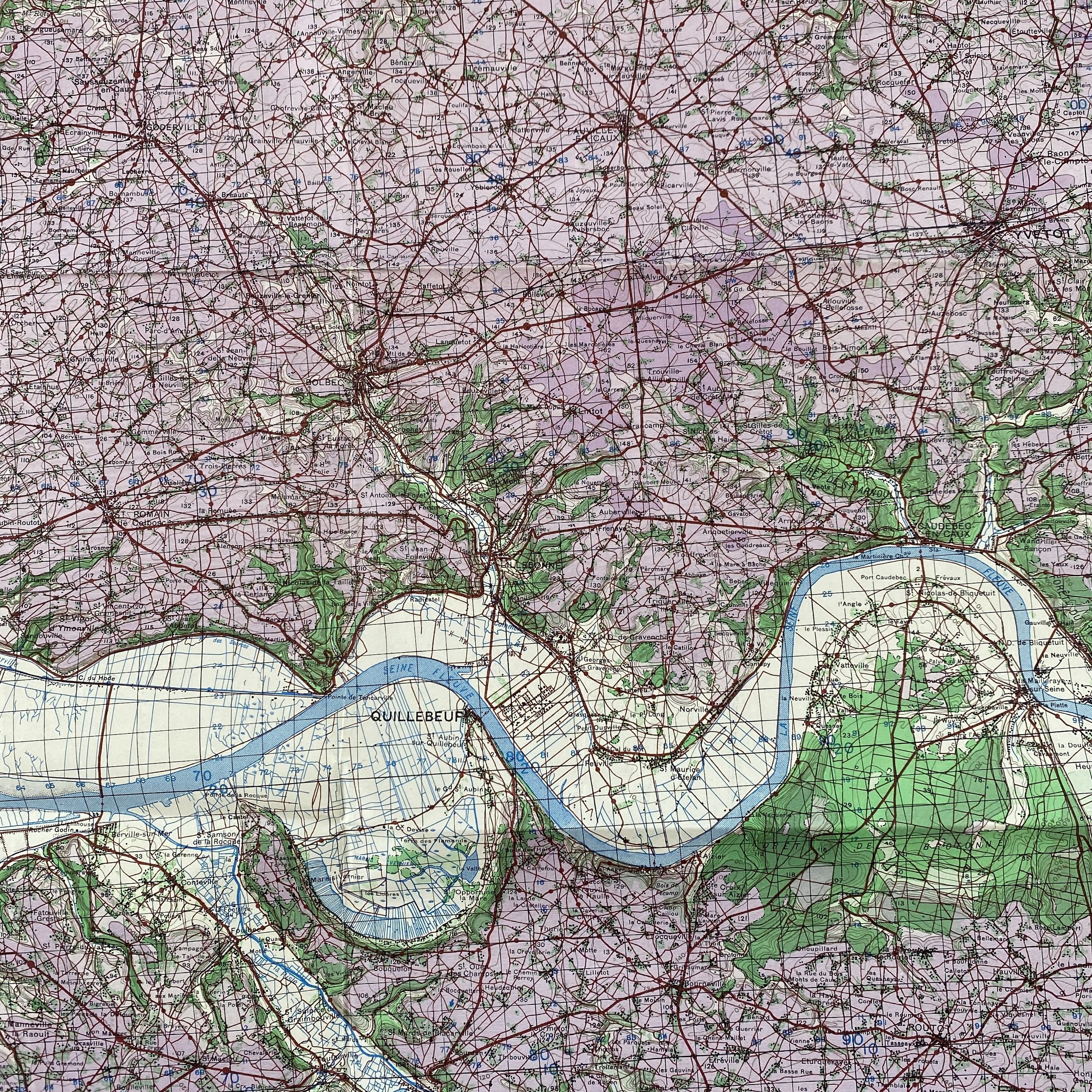
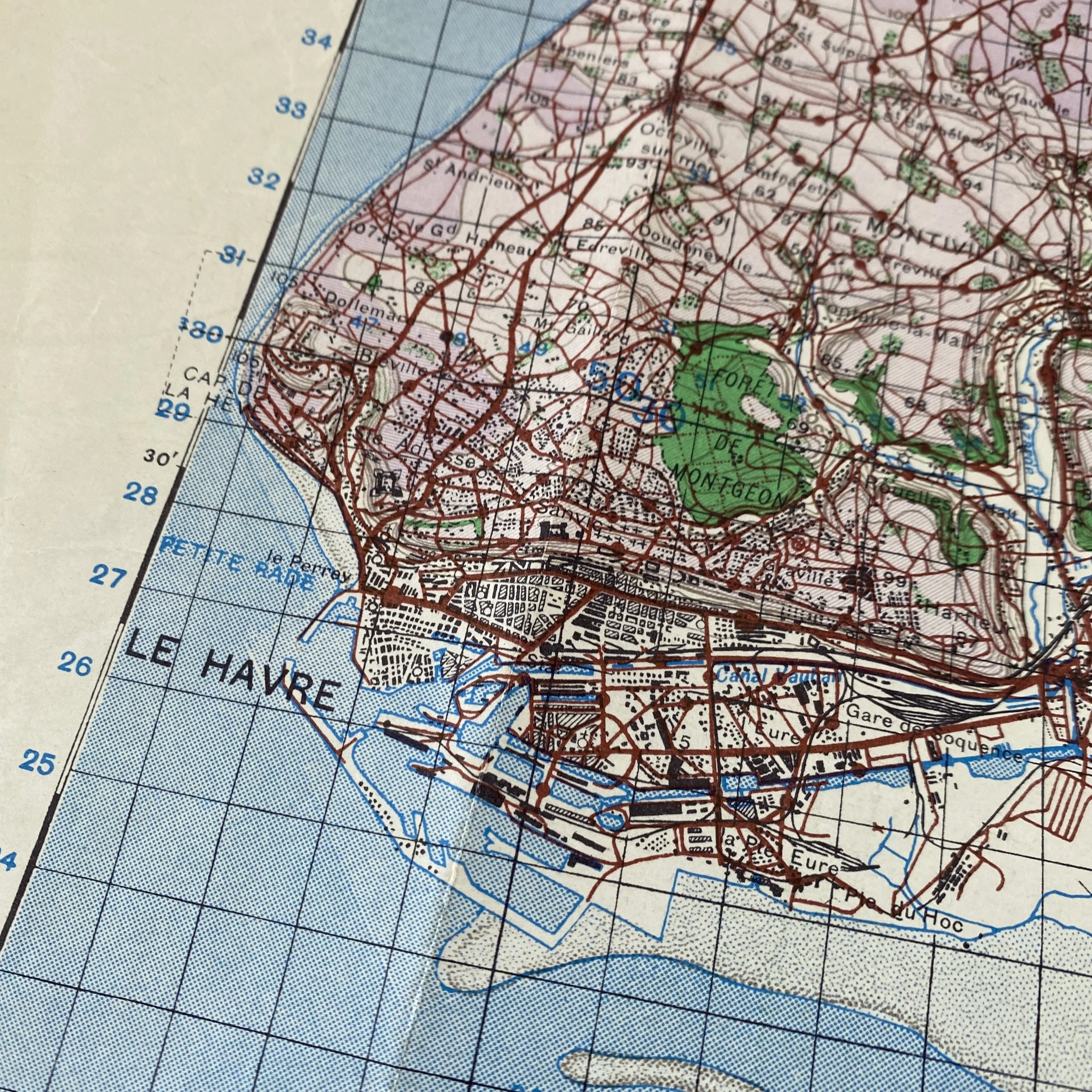


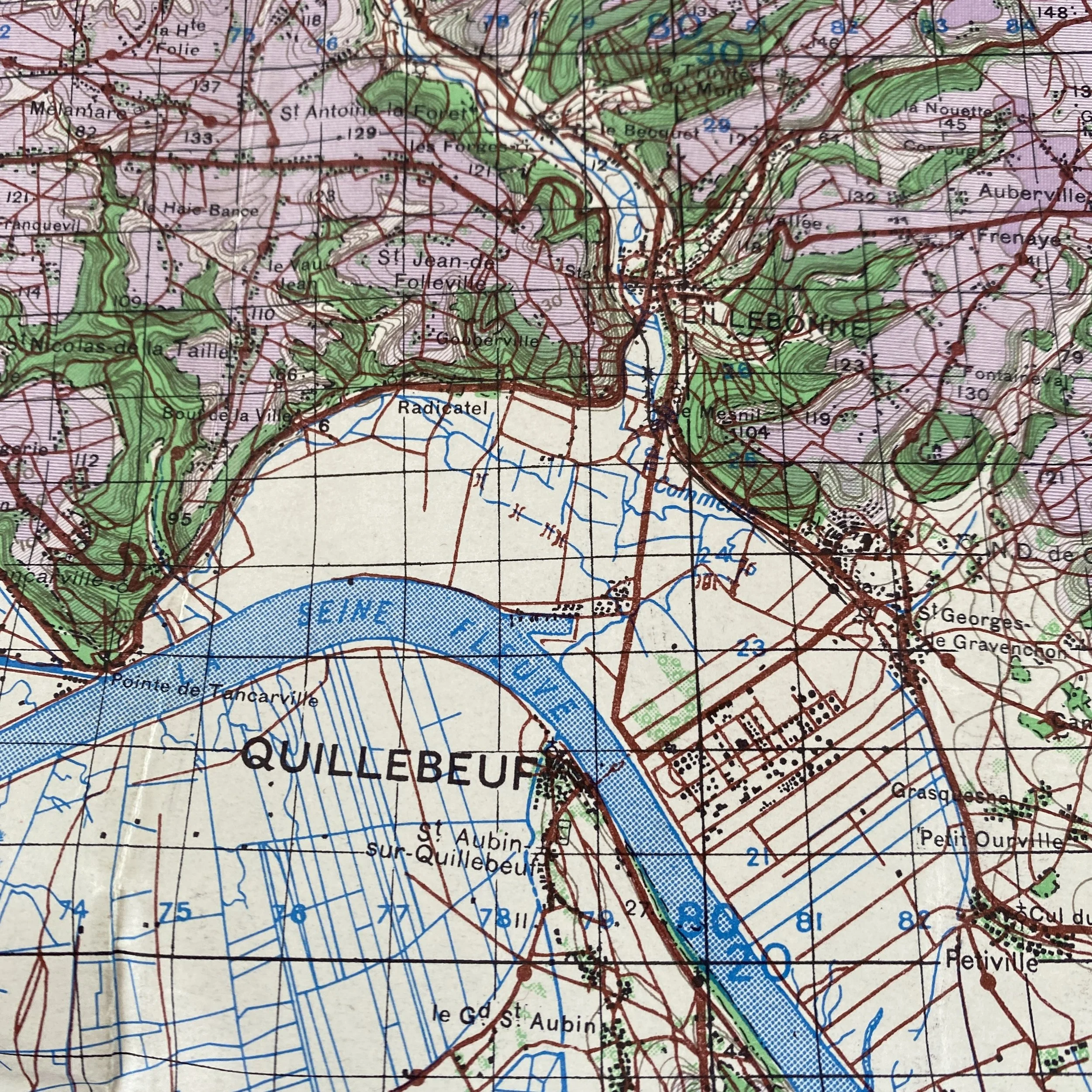

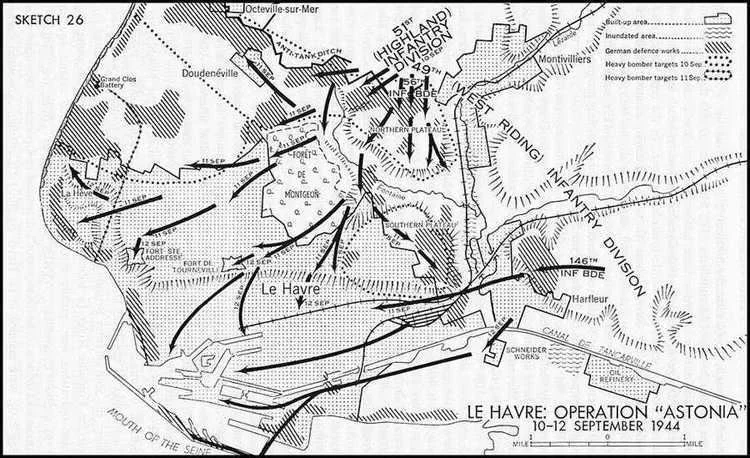
WWII Operation Astonia LE HAVRE France Combat Infantry Tank Assault Map
Comes with hand-signed C.O.A.
This incredible and museum-grade 1943 WWII “LE HAVRE” France combat operations map was used by infantry and armored divisions during Operation Astonia and the Allied assault against German forces to capture of the German-held Channel port of Le Havre, France.
Operation Astonia was a World War II battle fought from 10 September 1944 to 12 September 1944. The Allied objective of the operation was the capture of the German-held Channel port of Le Havre, France, coveted by the Allies to improve their supply system. The Allies hoped to find the port intact and immediately usable, but because of extensive damage proved to be not ready for use until mid October 1944. The attack on the fortress city used elements of both the Canadian and British armed forces combined with action from naval and aviation units, with the city falling within three days of the first assault.
On 6 June 1944 Allied troops landed at various beaches on the north coast of France as the start of Operation Overlord, with the goal being the liberation of France. Plans for the invasion required four ports on the French coast to be captured as to allow Allied forces to be reinforced and supplied. After crossing the river Seine British I Corps and Canadian II Corps, under Canadian First Army and forming the left flank of Montgomery's 21st Army Group, were tasked to fan out and capture respectively the ports of le Havre and Dieppe and then clear the coastal belt as far as Bruges. Dieppe, which had been evacuated by the Germans,[3] was liberated by the 2nd Canadian Infantry Division on 1 September 1944.
***Le Havre was considered one of the strongest fortifications in the Atlantic Wall, and had a series of strong natural defences; bodies of water completely prevented access from the south, east and west. The north side of the port was heavily fortified, with a 6–7-metre (20–23 ft) deep and 3-metre (9.8 ft) wide anti-tank ditch stretching across the entire approach, pillboxes fitted with anti-tank and machine guns and 1,500 mines. Intelligence before the attack estimated there were between 7,300 and 8,700 soldiers in the city, of which 4,000 were artillery troops, 1,300 were naval personnel and the rest were a mixture of low-quality infantry and a battalion from the 36th Grenadier Regiment.
Plans called for a massive artillery and air bombardment to soften up the fortifications. As such two Royal Navy vessels, HMS Warspite and HMS Erebus bombarded the port for several days, firing more than 4,000 long tons (4,100 t) of shells.[4] In addition the aircraft of the Royal Air Force assaulted the defences in a 3-day long attack (September 5, 6 and 7) that saw 1,900 bombers drop 8,200 long tons (8,300 t) of high explosive bombs on the city.
The assault began at 1745 hours on 10 September, with both naval vessels engaging the coastal batteries defending the port and RAF bombers dropping approximately 5,000 long tons (5,100 t) of bombs in an attack ninety minutes prior to the two divisions conducting their assault. The attack was divided into two phases; firstly to penetrate the German defences to allow further forces to attack and secondly to further these gains and capture the city. With the assistance of specialist units from the 79th Armoured Division and the 1st Canadian Armoured Carrier Regiment, such as Kangaroos and Sherman Crab vehicles, the first part of the assault proceeded swiftly, with gaps cleared through the minefield and anti-tank ditches breached. The 49th (West Riding) Infantry Division breached the north-eastern section of the Le Havre perimeter first, followed by the 51st (Highland) Infantry Division attacking on their right from the north. The assault was costly for the specialised armour, however, with the 79th Armoured Division losing 34 Crab anti-mine flail tanks, two command tanks and 6 AVRE vehicles.
The first phase continued into the second day with support from various aircraft and armoured vehicles, and the last strongpoints of the outer defences finally surrendered at 1400 hours after they were threatened with the use of Churchill Crocodile flame throwing tanks. On the third day of the assault the town centre was finally cleared by elements of both divisions, and the German garrison commander officially surrendered the port at 1145; 12,000 German troops were captured and interned as prisoners of war.
The port had been successfully captured with few military casualties. The civilian damage, however, was severe; the artillery and air assaults had destroyed 350 ships and 18 kilometres (11 mi) of docks, as well as 15,000 buildings, significantly reducing the usefulness of Le Havre as a supply port.